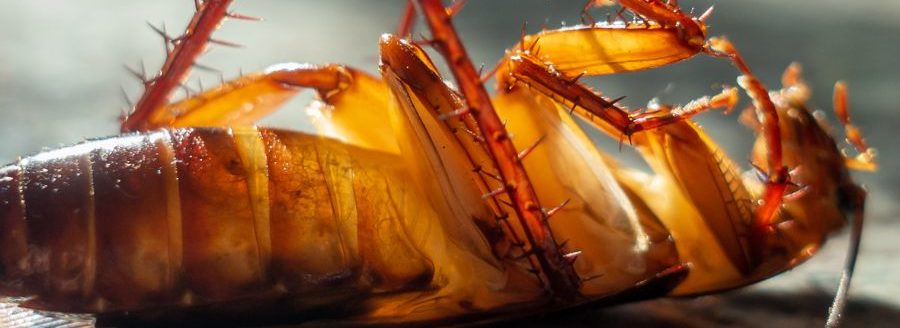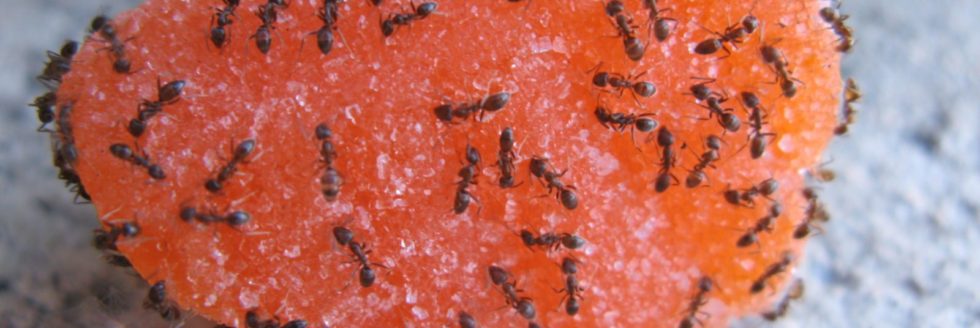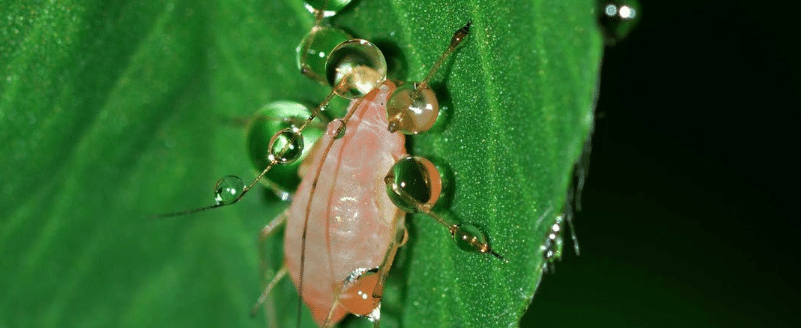What Charlotte Homeowners Should Know About Clover Mites
Typically, pests and insects work hard to remain unnoticed. They do this by blending into their backgrounds and environments so that predators can’t spot them. However, for the clover mite, “blending in” isn’t really an option, particularly in one’s home. These red invaders stand out against most backdrops unless you happen to live in a Target department store.
Unfortunately, these mites are fast breeders, so removing them should be a priority. Here is everything you need to know about clover mites and how to get rid of them.
What Are Clover Mites?
This pest gets its name from the fact that it loves to munch on clover leaves. If you have clover in your yard, you’ll likely see lots of tiny red spots on the plants. Since this pest is an actual mite, it has eight legs, meaning that it’s not an insect but an arthropod.
Each mite is smaller than a pinhead, measuring around 0.75 mm long. The front two legs are longer than the others, so if you happen to see one up close, they can resemble antennae.
One of the big problems with clover mites is that they can reproduce asexually. Using a process called parthenogenesis, the females can lay up to 70 eggs at a time without a mate. Once those eggs hatch, any females within can also start procreating, meaning that an infestation can get out of control quickly.
Where Do Clover Mites Live?
These mites can be found all across the United States, but they tend to prefer cooler climates. So, northern states will have more of them than those in the south.
Typically, clover mites like to live outdoors. The females lay their eggs in bark and other covered crevices to protect them from predators and the elements. Since they prefer cooler temperatures, clover mites will be more active during the fall and winter. Freezing temperatures can still kill them, so they don’t come out when snow and ice are present.
What Do Clover Mites Eat?
As we mentioned, these mites love to eat clover leaves. However, they’ll munch on most vegetation – their diet can consist of over 200 different plant species, including flowering plants.
So, if you have lots of greenery next to your house, you could be inviting a clover mite infestation. Be sure to pay close attention to any clover clusters close to the structure, as it’s easy for clover mites to get inside via small cracks and crevices.
Are Clover Mites Dangerous?
No, these pests do not pose a threat to humans or animals. Instead, they’re much more of a nuisance than anything else. Since these mites feed on vegetation, they won’t invade your kitchen or other parts of the house. Typically, clover mites will come inside to hibernate during the warmer months of the year.
The two main reasons why clover mites are irritating are that they can amass huge numbers, and they leave a red stain when you swat them. So, if you notice a swarm of mites, try not to crush them, especially if they’re on any fabric or furniture.
How to Spot a Clover Mite Infestation
Because they’re so small, it’s hard to notice an infestation until it gets out of control. Usually, the mites will congregate on windowsills and siding. Inside, they will want to stay where it’s cool and damp, such as attics, basements, and crawl spaces.
You may also notice an infestation if you accidentally crush some mites without realizing it. If you start to see red streaks on various surfaces, you might have a clover mite problem.
How to Remove Clover Mites
Again, due to their size, clover mite infestations are hard to remove by yourself. Also, since these pests will hide in spaces you can’t reach easily, it’s almost impossible to eradicate them without professional help. Pest control technicians will spray various nesting sites to kill the mites and prevent them from breeding further.
Clover Mite Prevention Tips
The best way to prevent clover mites is to remove any attractive foliage next to your house. The closer these plants are to the structure, the easier it is for the mites to gain entry. Otherwise, there’s not much you can do to prevent them in the wild.
Contact Carolina Pest Today
Once you spot clover mites, it’s time to call in the professionals. Don’t wait until the infestation gets too big. We’ll come and do a site inspection to see where they’re coming in and nesting. Call us today to make clover mites history!



